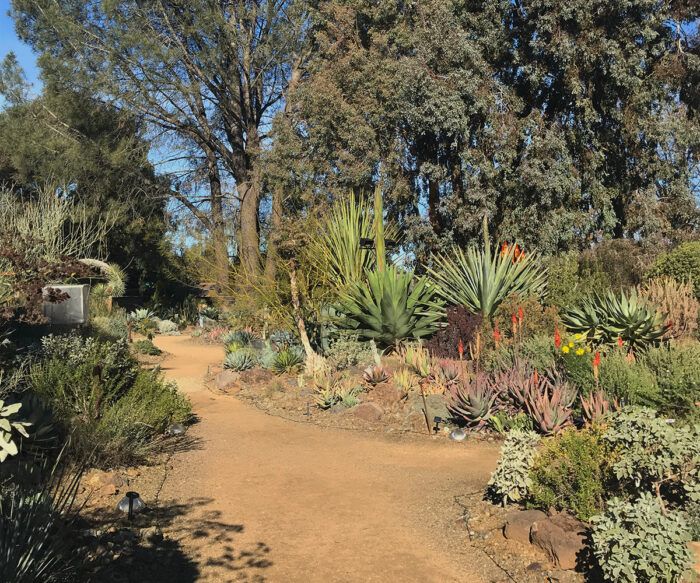
A visit to the Ruth Bancroft Gardens in Walnut Creek is particularly rewarding in late winter and early spring. While most of our own landscapes are still looking drab, this world-famous garden, which houses an extraordinarily diverse collection of succulents along with drought-tolerant plants from around the world, positively shines with an array of fabulous textures, colors, delightful plant combinations, and magnificent blooms everywhere you look. I was amazed to count over thirty different plants in full, spectacular flower during a recent visit! With greeters to welcome you, a wonderful self-guiding tour book, and a number of knowledgeable docents throughout the nursery ready to share any horticultural or historical information you could need, you will truly enjoy your visit. Additionally, there’s a well-stocked garden center for you to browse after your tour, featuring many of the drought-tolerant plants found in the garden itself. What better way to start or add to your own succulent collection?
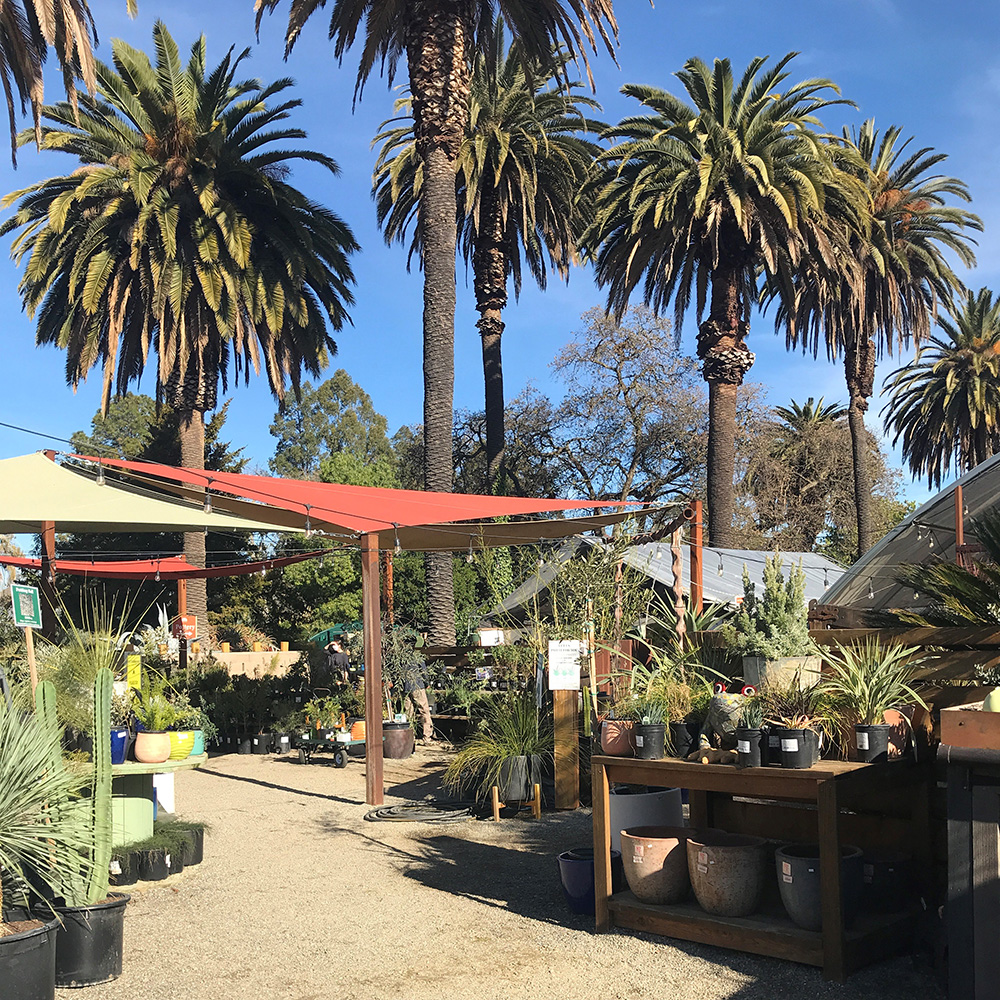
Why this garden is so unique
In the 1950s, Ruth Bancroft’s infatuation with succulents began with one relatively unassuming aeonium hybrid called ‘Glenn Davidson’—a descendant of which can still be found growing in the garden. Her passion and her collection grew to thousands of specimens, and what began as a private collection of potted succulents in her garden at Bancroft Farm soon required more space. In 1972, her garden moved to its current 3.5-acre location, and with expert help it was developed into the beautifully designed landscape full of glorious drought-tolerant plants that it is today. In 1989, Ruth Bancroft Gardens became the first garden in the United States to be preserved by the Garden Conservancy, and it has been open to the public since 1992. Mrs. Bancroft continued to garden until well into her 90s, and though she passed away in 2017 at the age of 109, her beautiful legacy continues to grow, flourish, and delight gardeners to this day.
Below I’ll share with you some of the most stunning succulents I saw at the garden and tips for how to grow them. Keep in mind that all of these succulents are fairly tender and should be protected if temperatures dip under 25°F.
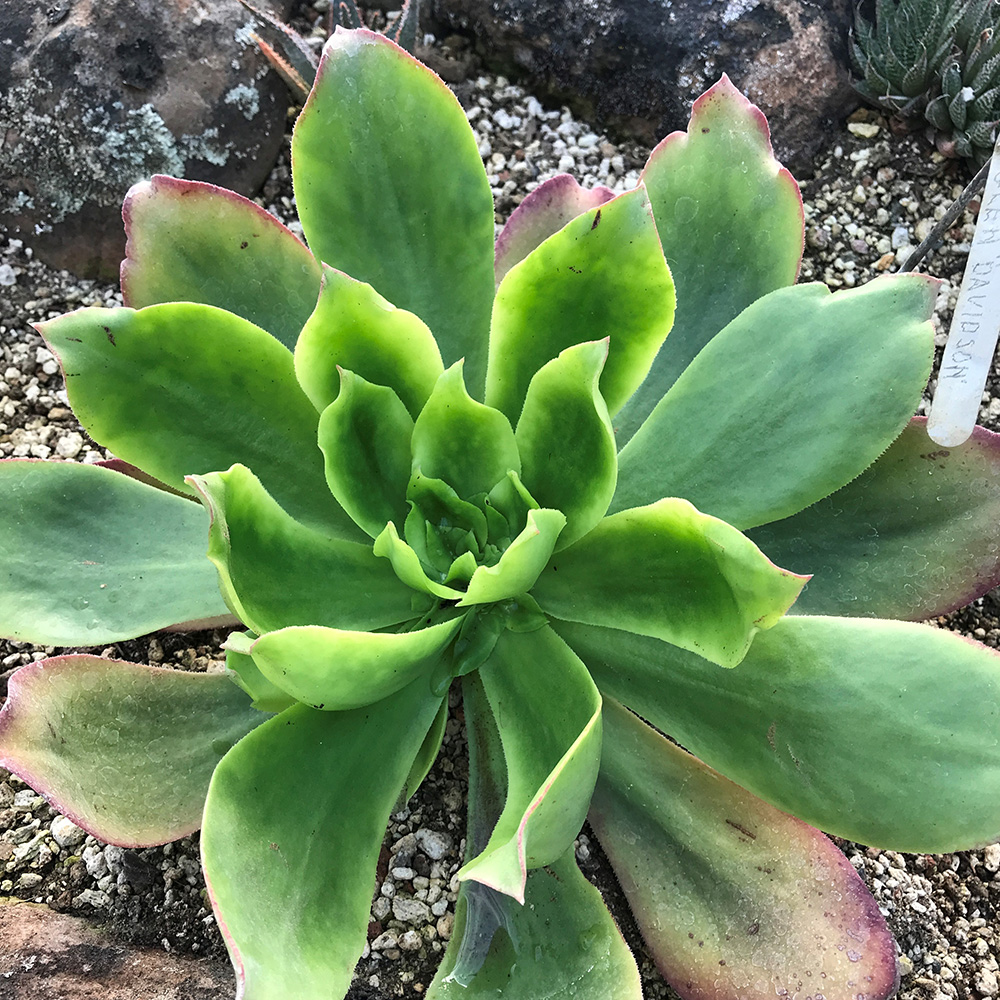
‘Glenn Davidson’ aeonium
Aeonium ‘Glenn Davidson’, Zones 9–11
This low grower is a descendant of the very first succulent that sparked Ruth Bancroft’s obsession, and for that reason alone, this plant is worth a visit. Its beautiful, apple-green rosette of spoon-shaped leaves grows 12 to 16 inches wide and tops out at 16 inches tall. This aeonium does best in afternoon shade and planted in well-drained soil. Water sparingly.
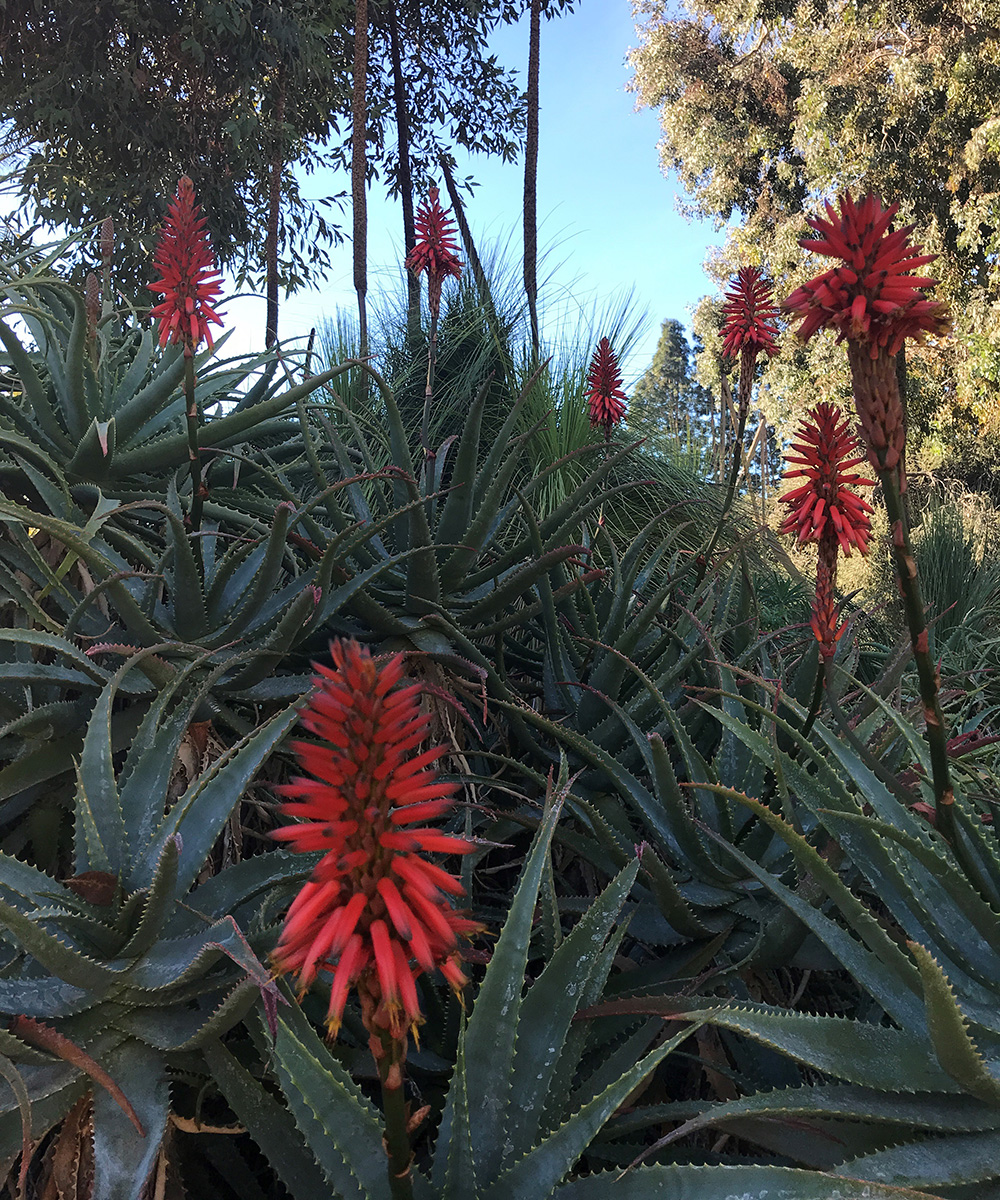
Candelabra aloe
Aloe arborescens, Zones 9–11
Reaching 8 to 9 feet tall in ideal conditions and spreading slowly, shrubby candelabra aloe is stunning in bloom! Grow this South African native in full sun to partial shade and in well-drained soil. It is drought tolerant, so supplemental irrigation is unnecessary.
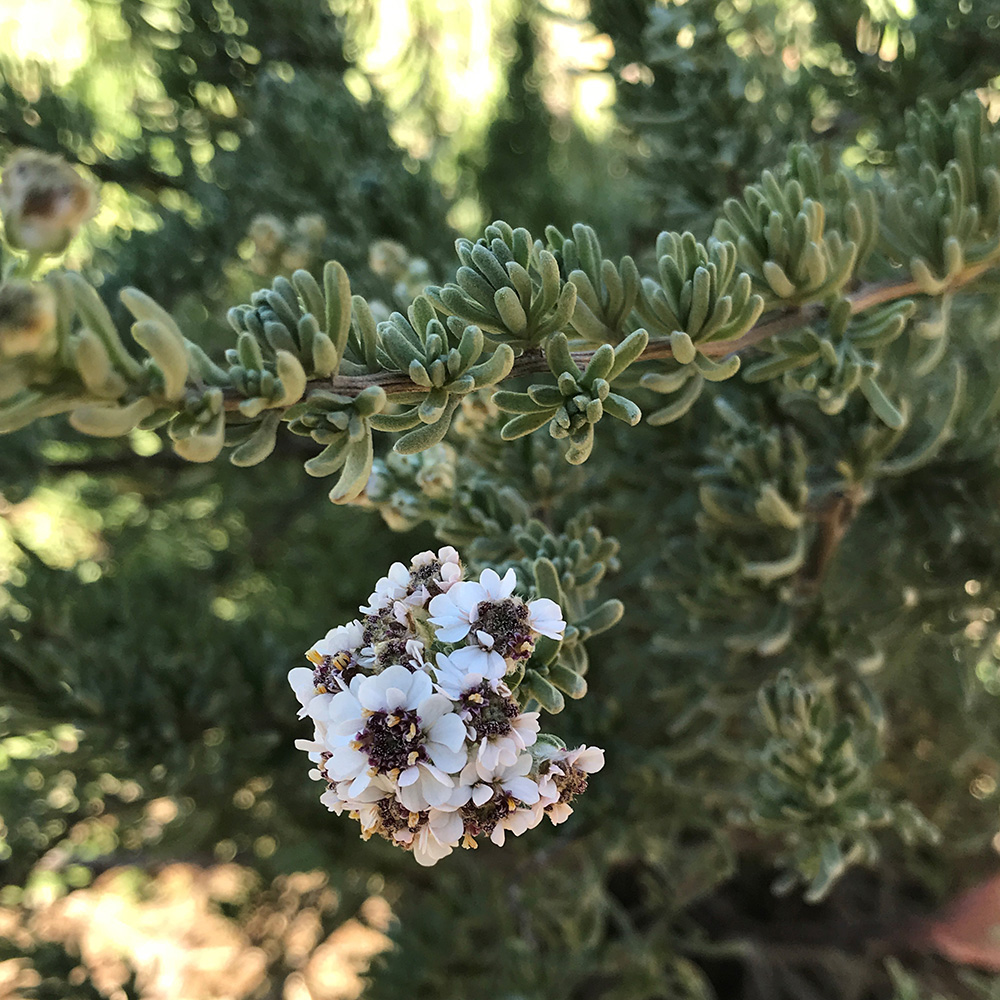
African rosemary
Eriocephalus africanus, Zones 9–11
This drought-tolerant South African shrub grows 3 feet tall and wide and features purple-eyed white blooms from winter to summer that cover its aromatic, fine-cut foliage. Fluffy seed heads follow the flowers, adding to the plant’s year-round interest. Grow it in full sun and well-drained soil.
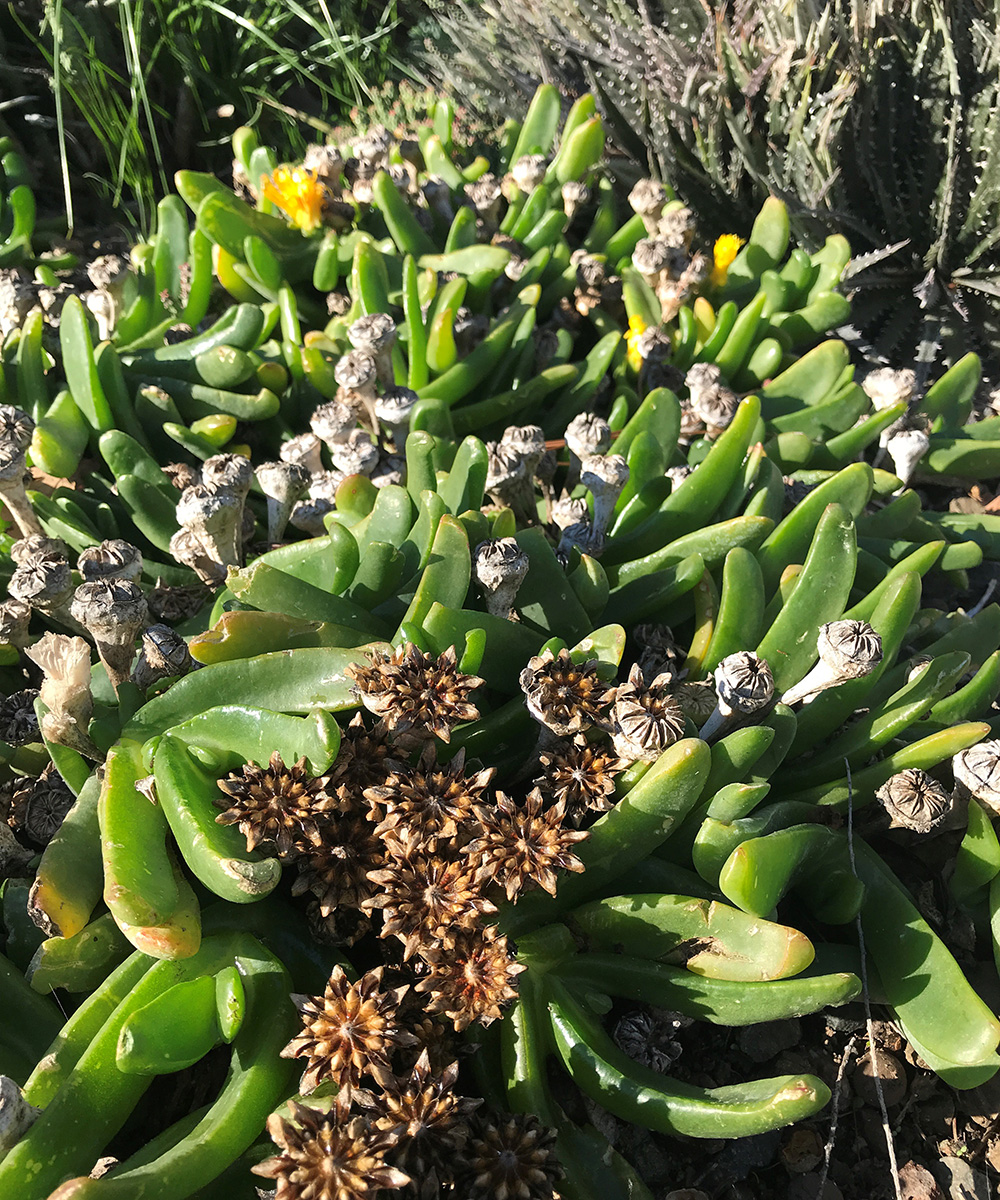
Tongue-leaf plant
Glottiyphyllum linguiforme, Zones 9–11
This low-growing South African native slowly forms a tight mat of fleshy, tonguelike green leaves and is covered with bright yellow blooms in winter. Seed heads follow and are cleverly adapted to open only if it rains, allowing the seeds to hit the ground and get sufficiently watered to germinate all at once. This succulent prefers sun to partial shade and well-drained soil.
For more information on the Ruth Bancroft Gardens and Nursery, check out the website.
—Fionuala Campion is the owner and manager of Cottage Gardens of Petaluma in Petaluma, California.





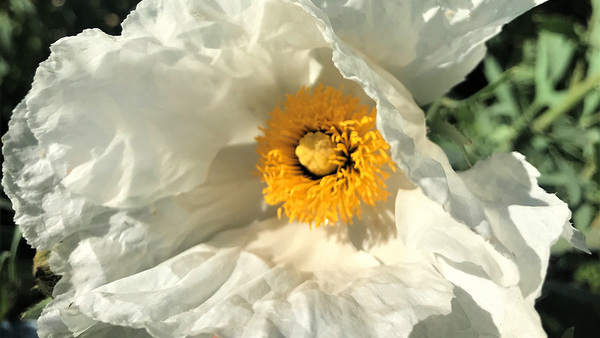












Comments
Log in or create an account to post a comment.
Sign up Log in